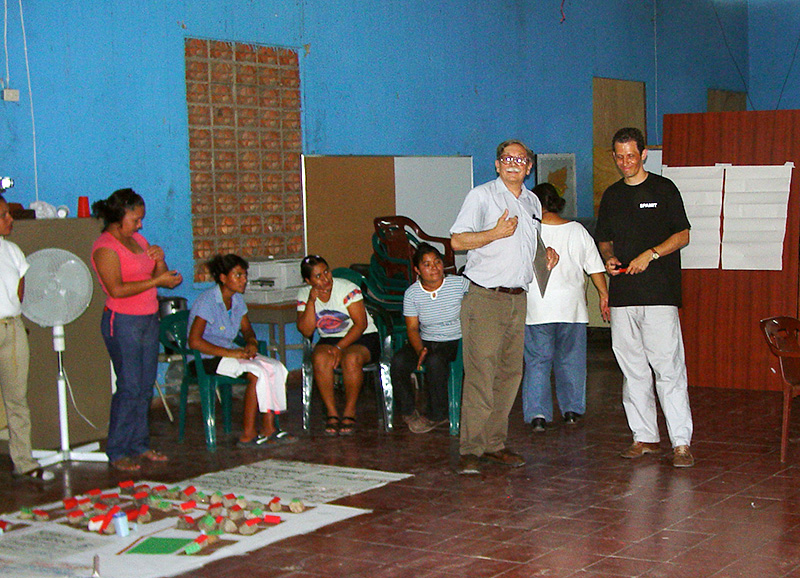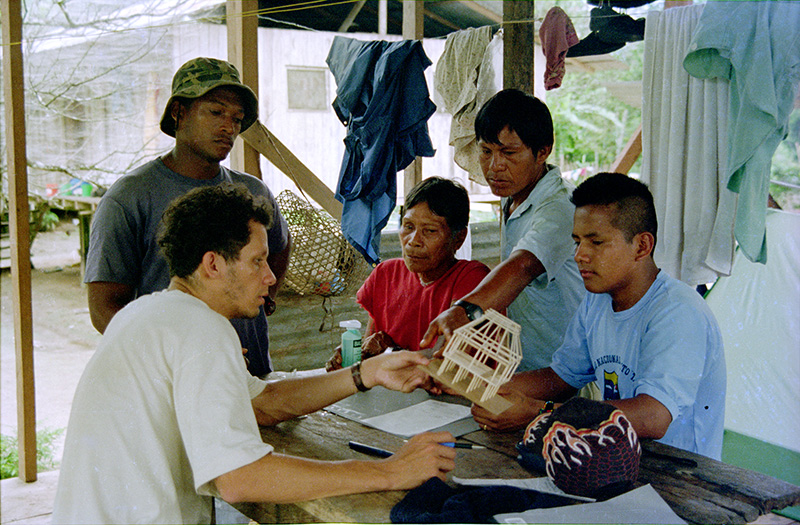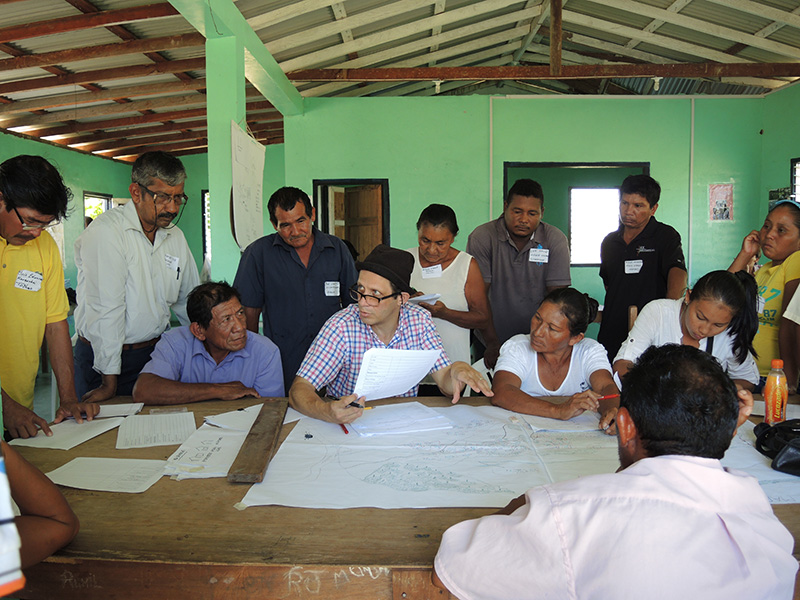Personal motivation of my work,
and why do I practice architecture in the way I do.
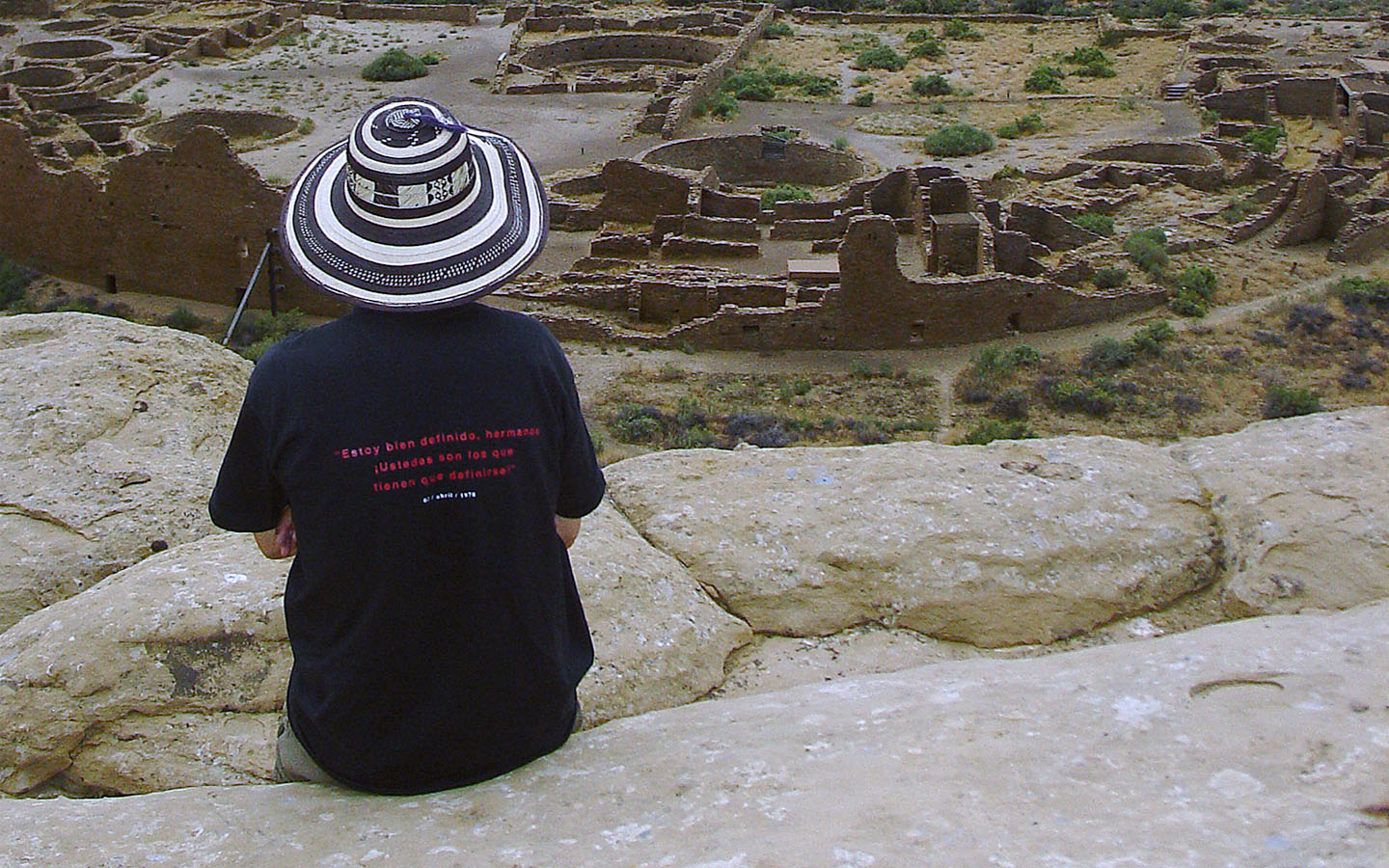
Architectural Bio
There is a deeply personal reason behind my interest in carrying out my architectural practice as a social practice. As I explain in my personal statement, my family history begins with a handwritten note. It was a note that my grandfather, a white American whom I never met, and who apparently went by his initials F.D., sent to the family of my grandmother, Pastora, a young, black Colombian woman who had just passed away. In the note, F.D. instructed Pastora’s family to deliver their out-of-wedlock son to another woman, who had persuaded F.D. that she would take care of the child if F.D. gave her enough money for the task. Once she got the money, the woman left with my father, but later abandoned him. Unable to go back to his family, my father grew up homeless in a village in the Colombian Andes, far away from the Chocó lowland village of his mother.
The story of my father had a profound effect on my life in many ways, starting with the practical side. I was raised in relative poverty, and ended up in architecture only for convenience: I was looking for job stability. However, the fact that my arrival in this field happened in such a detached way ultimately became the decisive factor that made me see architecture differently. Since my dream was never to become an architect, I did not have any idealized image of an artist-architect to pursue. I had never thought about myself as a “starchitect,” or any architect for that matter. Thus, I was free to explore alternatives within architectural practice that were less fashionable, such as working in sites of poverty.
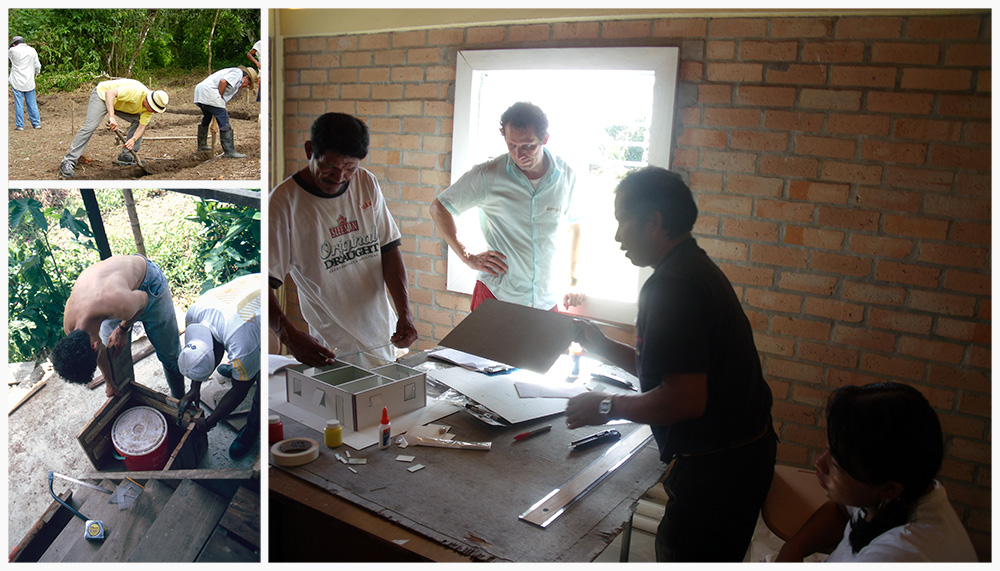
Some aspects of my work in the field.
On the other hand, from the beginning of my architectural education, and continuing for years, I felt socially alienated from the field, which is generally a territory of privilege. I always felt like an outsider in architecture, and even today I continue to feel that way, although I no longer see this as a problem. After a few years in this practice, I realized that the best contribution I could make to architecture should be based on the experiences emerging from my own unique social history. This is why I embraced a socially-engaged design practice: I realized that my own spatial experience had endowed me with an understanding, and with that an ability, to more effectively address the main challenges of this area of work.
Some of the key turning points in my career resulted from still having to deal with my own economic constraints. I left Colombia for Ecuador soon after finishing school because an economic recession prevented me from finding work in my home country.
It was in Ecuador where I had my first exposure to poverty action practice. I received a small architectural commission in an organic agriculture farm that was located in a slum. There was an eerie contrast between the goal of the farm promoters, a group of Australian environmentalists who aimed to restore a piece of rainforest by using organic architecture, and the hunger that the slum families often faced—the food produced on the farm was not intended for them. This disturbing contrast made me deeply aware of a disconnection that often goes unnoticed between sustainability activists’ urgency to deal with environmental problems, and the assumption that the results will automatically solve problems of social inequality.
Time and again, I have found the opposite to be true: The advocacy of sustainability often reflects preconceptions deriving from the advocates’ own social class privilege. There is a pervasive disconnection in sustainability advocacy between the green technology focus and issues of social inequality, where the former often takes precedence over the latter.
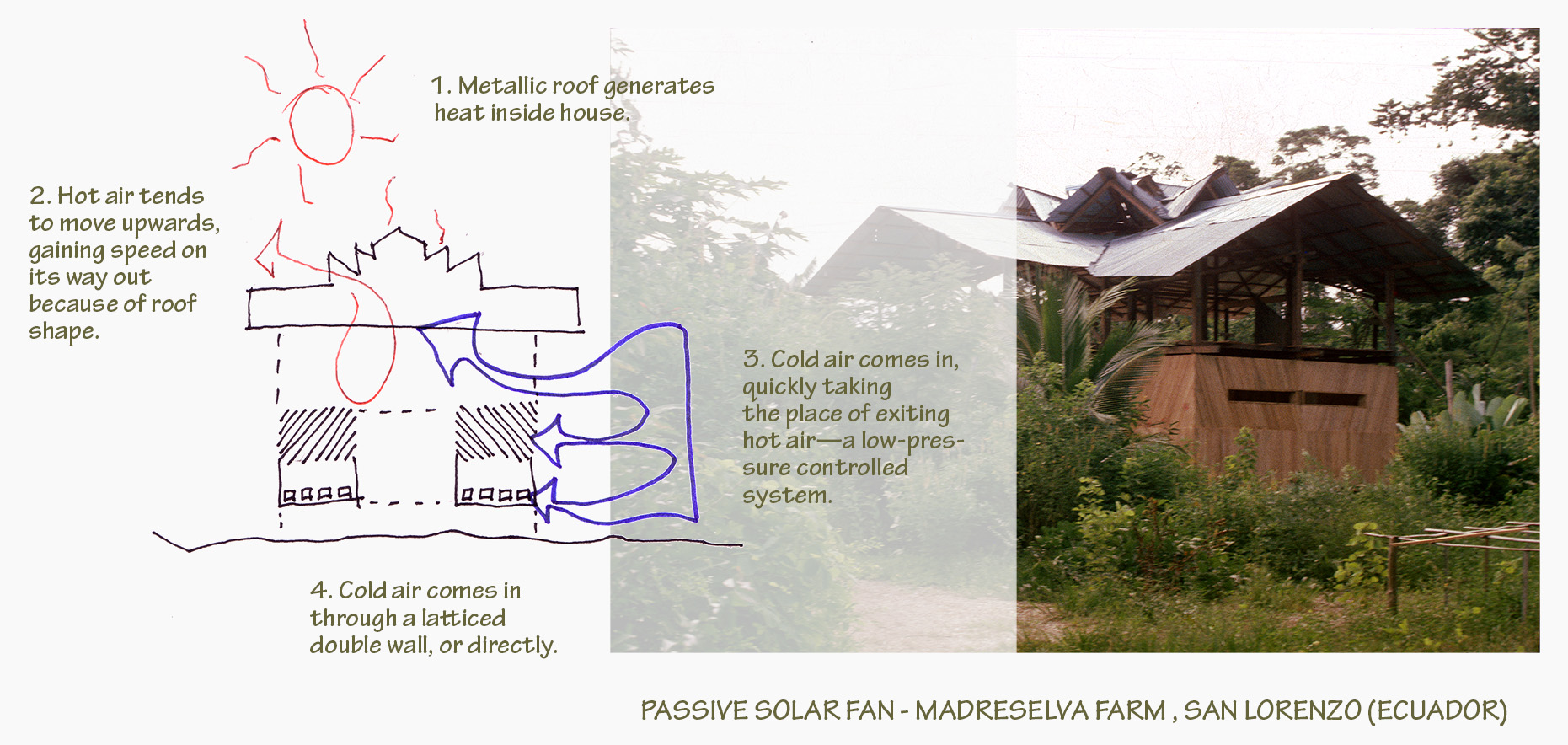
An example of my early sustainable design work, the re-design of a roof to make it operate as a passive solar fan. (The structure no longer exists).
Through and after the farm project, I explored a number of standard sustainable design approaches such as alternative climate conditioning, waterless toilet design, and bamboo construction. It was from this direct engagement with sustainable design that I learned how, from a technological standpoint, green alternatives do work, yet in terms of social impact they have inherent limitations.
